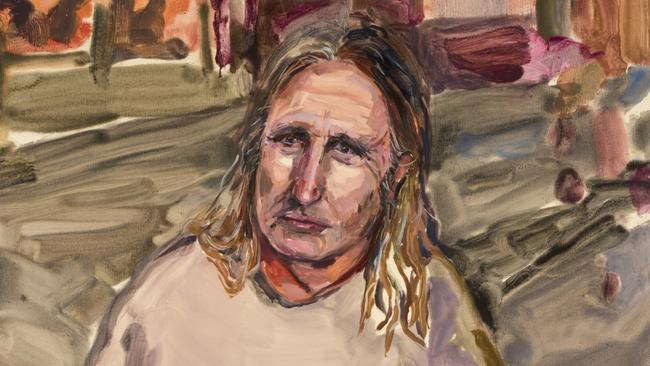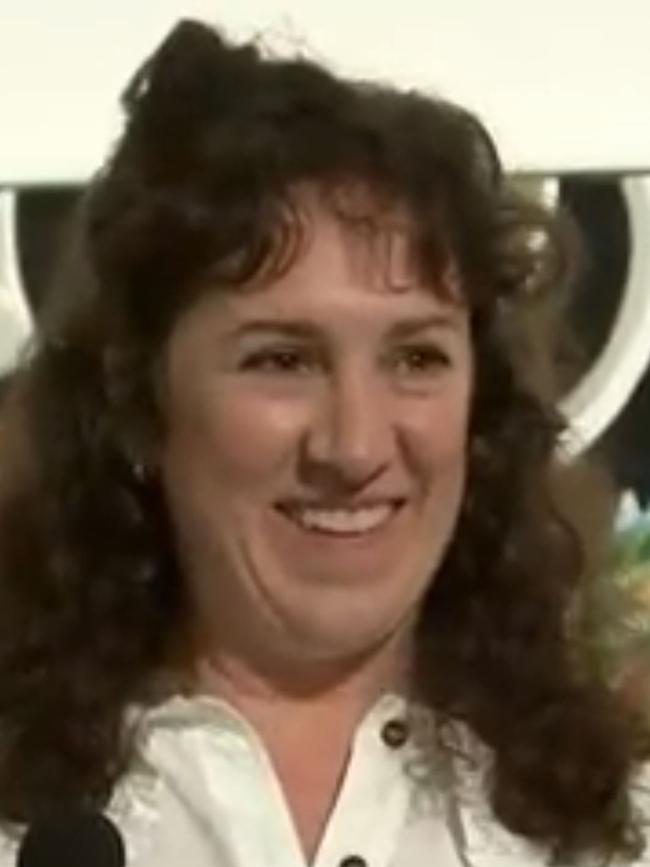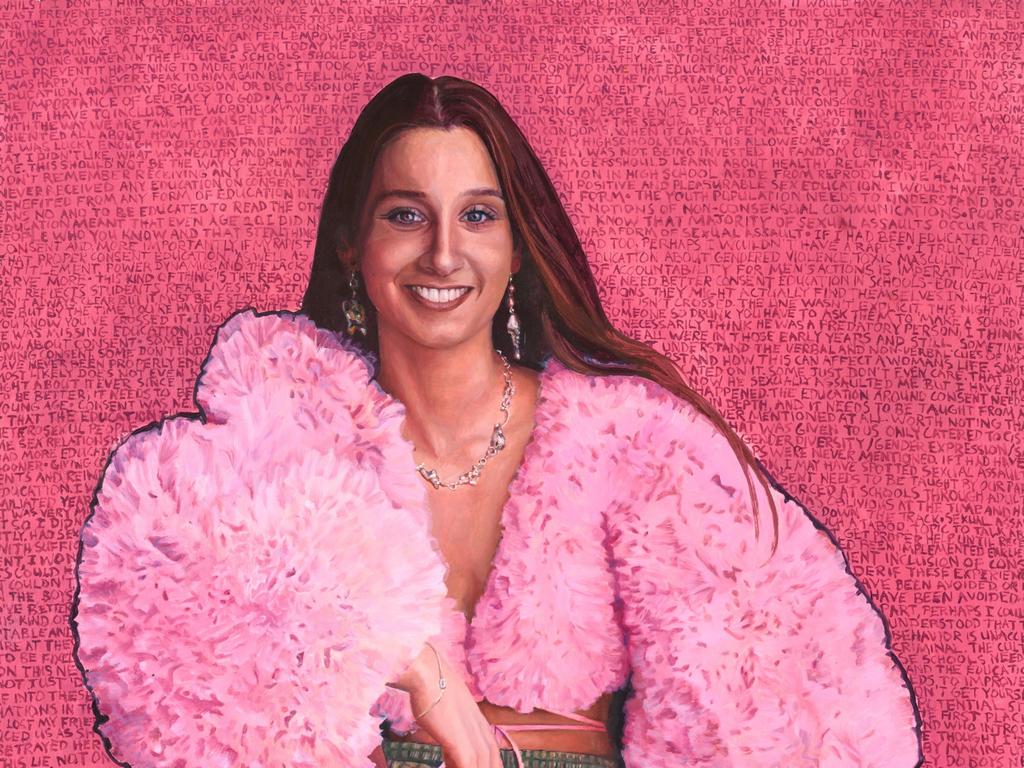Archibald Prize-winning painting conveyed sense of the life and character of subject Tim Winton


The lurid disparities of style and deliberate inclusion of everything from slick commercial illustrators to incompetent amateurs is predictable, but the core of decent pictures needed to set these off and remind the audience of how far they diverge from historical standards is smaller than ever.
The winner this year is thus something of a surprise, as though chosen by an entirely different set of judges from those responsible for the finalists. The most deserving painting, Tsering Hannaford’s portrait of her father Robert, Australia’s most eminent professional portrait painter, was probably never going to win; to the uninformed, it may look too traditional, although in fact it is for many stylistic reasons impossible to imagine it being produced earlier than the last decade or two.

The prize has been awarded nonetheless to a picture I identified in my preview as one of the most creditable of the finalists: Laura Jones’s portrait of the novelist Tim Winton.
The painting is too big and the composition, treatment of volume and space and paint handling are all rather unresolved, but its great merit is to convey a sense of the life and character of the subject.
The artist has no doubt used photographic resources as well as sketches made during her sitting with Winton, but she has understood that you have to see through and, as it were, behind those original images, not just reproduce them like so many other works in the exhibition.
It is also good to see an Australian author celebrated, especially when the takeover of the Wynne Prize by bland Aboriginal paintings has all but forced out traditional Australian landscape entries.






The Archibald finalists, as many seem to agree, are particularly bad this year.